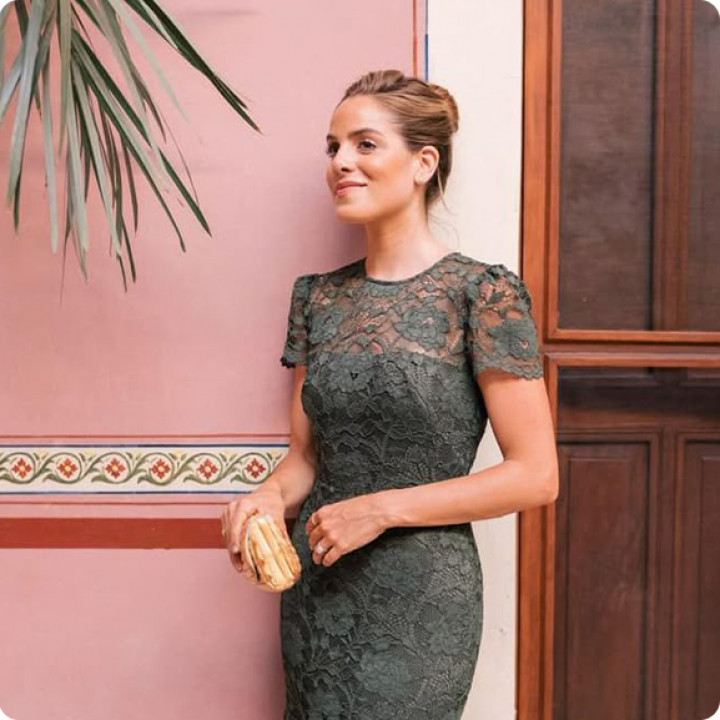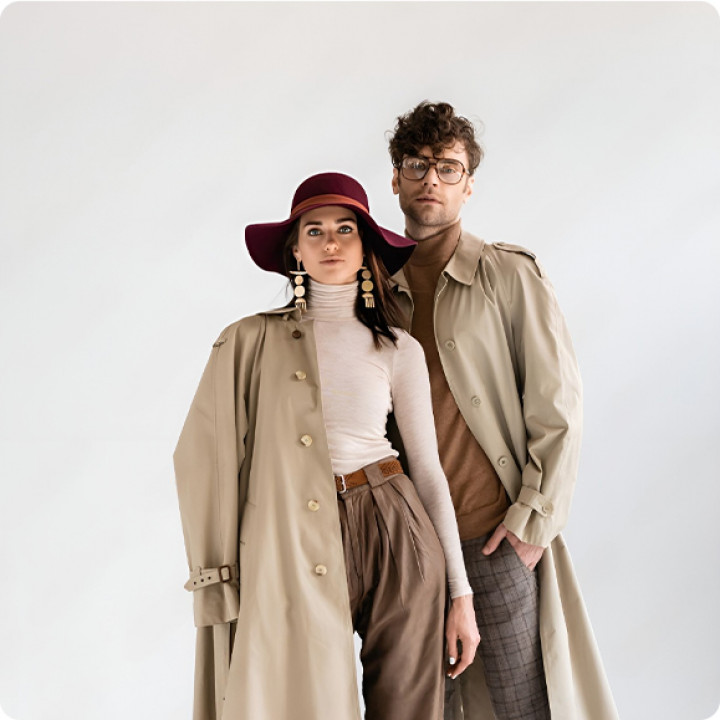
How to Pick Colours That Suit You: Indian Skin Tones and the Shades That Flatter
When it comes to style, nothing speaks louder than colour. It’s the first thing you notice and the feeling you remember. For Indian skin tones - rich, diverse, and beautifully varied - finding colours that complement and enhance the natural warmth is more than just a fashion choice. It’s about harmony, glow, and wearing your confidence with calm certainty.
Indian complexions range from ivory to honey, almond to wheatish, golden to deep bronze. This spectrum carries undertones that shape how colours appear when worn. Some skin reflects a cool tone, with hints of pink or red beneath the surface. Others have warm undertones - with yellow, gold, or olive depths. Understanding your undertone is the first step toward building a colour palette that flatters effortlessly.
To discover your undertone, notice how your skin responds to natural light. Do you tan easily and rarely burn? You likely have warm undertones. Does silver make your skin glow more than gold? Cool tones might be your match. If you find it hard to pick between the two, you may have neutral undertones - a blessing that allows greater colour freedom.
Once you know your undertone, the world of colours opens like a well-worn curtain. For warm undertones, earthy tones often feel like home. Mustard, rust, terracotta, olive, maroon - these shades don’t just sit well against the skin, they seem to grow from it. They echo the sunlit tones already present, making the skin appear radiant without trying too hard.
Cool undertones, on the other hand, thrive in jewel shades. Deep greens, royal blues, wine, charcoal, and berry tones work like quiet magic. These shades provide contrast without clashing, highlighting the natural depth and character of your skin. Think in tones that carry a bit of sharpness, a bit of clarity - they balance the coolness beneath your surface.
If you find yourself in the neutral camp, the possibilities are even wider. You can wear both earthy and jewel tones with ease. Taupes, teals, dusty rose, moss green, muted lavender — these in-between shades neither overwhelm nor underplay your tone. They float in that quiet space between bold and pale, strong and soft.
Of course, colours are not just technical tools - they’re emotional choices. Some days call for calm. On others, brightness lifts the spirit. Soft pastels like blush, mint, or sky may not always scream confidence, but when worn with the right silhouette, they hum with quiet strength. Likewise, bold shades like crimson, electric blue, or turmeric yellow can energise a mood - but the trick is in balance.
Balance doesn’t mean restriction. It means understanding contrast and harmony. If your skin has depth and golden warmth, pairing it with faded peach may wash you out, but a rich coral will amplify your glow. If your skin carries coolness, icy tones like powder blue or greyed lavender will feel cohesive, while neon hues might feel a touch jarring.
Another important element is fabric. The same colour behaves differently on cotton, linen, silk, or blends. A matte fabric softens a bold colour. A lustrous one enhances the impact. So, choosing a colour also means choosing how you want it to speak - whisper or sing.
When building your wardrobe, start with a core palette that reflects your tone - shades that work across seasons and moods. Then slowly add seasonal pops. Autumn-inspired tones for warmth, ocean-inspired shades for cooler days, or festive hues when brightness is the call of the hour.
Patterns and prints, too, are an ally. A large print in a colour that isn’t your best can still work if surrounded by a base that flatters you. Pairing is an art - and Indian wear provides a wide playground for combinations. Contrasting tops and bottoms, layered separates, and dual-tone pieces all give you space to play without going off-note.
Ultimately, the best colours are the ones that make you feel more like yourself - not louder, not brighter, just more at ease. The goal isn’t to transform or hide behind hues, but to wear colours that feel like second skin.
Don’t be afraid to experiment. Let colour be a celebration of your tone, not a correction. When you find your palette - or palettes - dressing becomes less about decision, and more about expression. And in that expression lies your own, unique style - glowing, growing, grounded in who you are.




